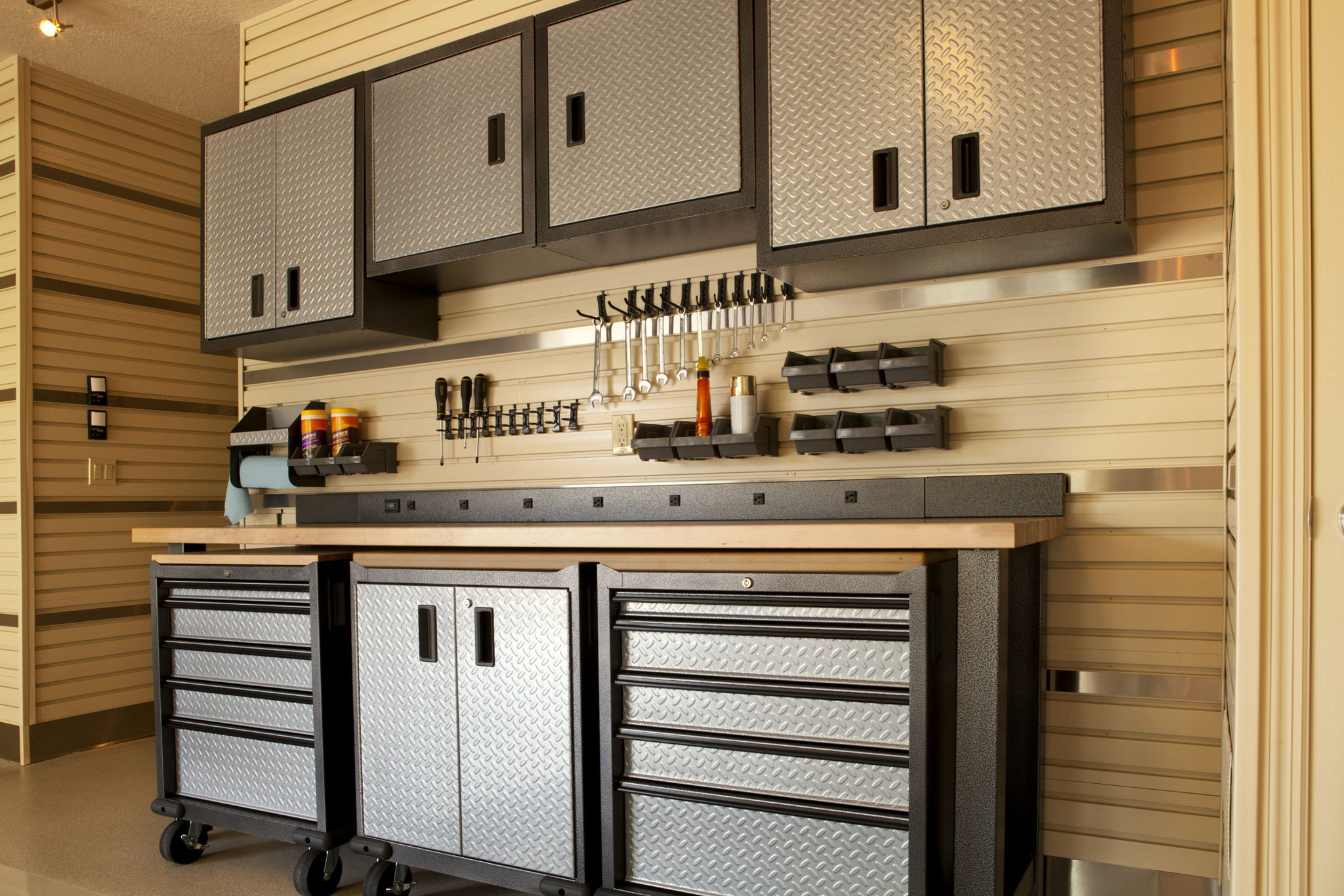Preparing Your Home for Seasonal Changes: A Construction Checklist
Inspect and Repair Your Roof
As the seasons change, it's crucial to ensure that your roof is in good condition to withstand various weather conditions. Start by checking for any missing or damaged shingles and replace them immediately to prevent leaks. Look for signs of wear and tear, such as granule loss or curling edges.
Don't forget to inspect the flashing around chimneys and vents, as these areas are prone to leaks. If you notice any gaps or damage, seal them with waterproof sealant. Regular maintenance of your roof can significantly extend its lifespan and keep your home protected from the elements.

Clean and Maintain Gutters
Clogged gutters can lead to water damage and even structural issues if left unattended. As part of your seasonal maintenance, clean out leaves, twigs, and other debris from your gutters. Ensure that the downspouts are clear and directing water away from your home's foundation.
Consider installing gutter guards to minimize debris build-up and reduce the frequency of future cleanings. A well-maintained gutter system is essential for protecting your home from water damage during heavy rains.
Seal Windows and Doors
Drafty windows and doors can lead to increased energy bills and decreased comfort in your home. Inspect all windows and doors for gaps or cracks in the frames or seals. Use weatherstripping or caulking to seal any openings and improve energy efficiency.
Additionally, consider upgrading to double-glazed windows if you have older models. These windows provide better insulation, keeping your home warmer in winter and cooler in summer.

Prepare Your HVAC System
Your heating, ventilation, and air conditioning (HVAC) system plays a crucial role in maintaining a comfortable indoor environment throughout the year. Schedule a professional inspection before the start of each season to ensure everything is functioning optimally.
Replace air filters regularly to improve air quality and efficiency. This simple task can reduce energy consumption and extend the life of your HVAC system. Additionally, consider installing a programmable thermostat to better manage your energy usage and save on utility bills.
Inspect the Exterior
Walk around the exterior of your home and check for any signs of damage or wear. Look for cracks in the foundation, peeling paint, or damaged siding. Addressing these issues promptly can prevent more significant problems in the future.

Regularly trim trees and shrubs away from the house to prevent damage from falling branches. This practice also helps maintain proper airflow around your home, reducing moisture build-up that can lead to mold growth.
Test Safety Devices
Seasonal changes are an excellent opportunity to test all safety devices in your home, including smoke detectors, carbon monoxide detectors, and fire extinguishers. Replace batteries as needed, and ensure that all devices are functioning correctly.
Consider installing smart detectors that can send alerts to your phone, providing added peace of mind when you're away from home. Keeping these devices in working order is vital for the safety of your household.
Organize Your Garage and Storage Areas
Take this time to organize your garage and storage spaces, decluttering any unnecessary items. Store seasonal equipment like lawnmowers or snow blowers appropriately based on the upcoming season.

Ensure that hazardous materials are safely stored away from children and pets. Proper organization not only creates more usable space but also enhances safety within your home.
Plan Landscaping Adjustments
The change of seasons often requires adjustments in your landscaping routine. Consider planting season-appropriate flowers or shrubs that will thrive in the upcoming weather conditions.
Ensure that irrigation systems are adjusted to prevent overwatering or underwatering plants. Preparing your garden for seasonal changes will keep it looking beautiful year-round.